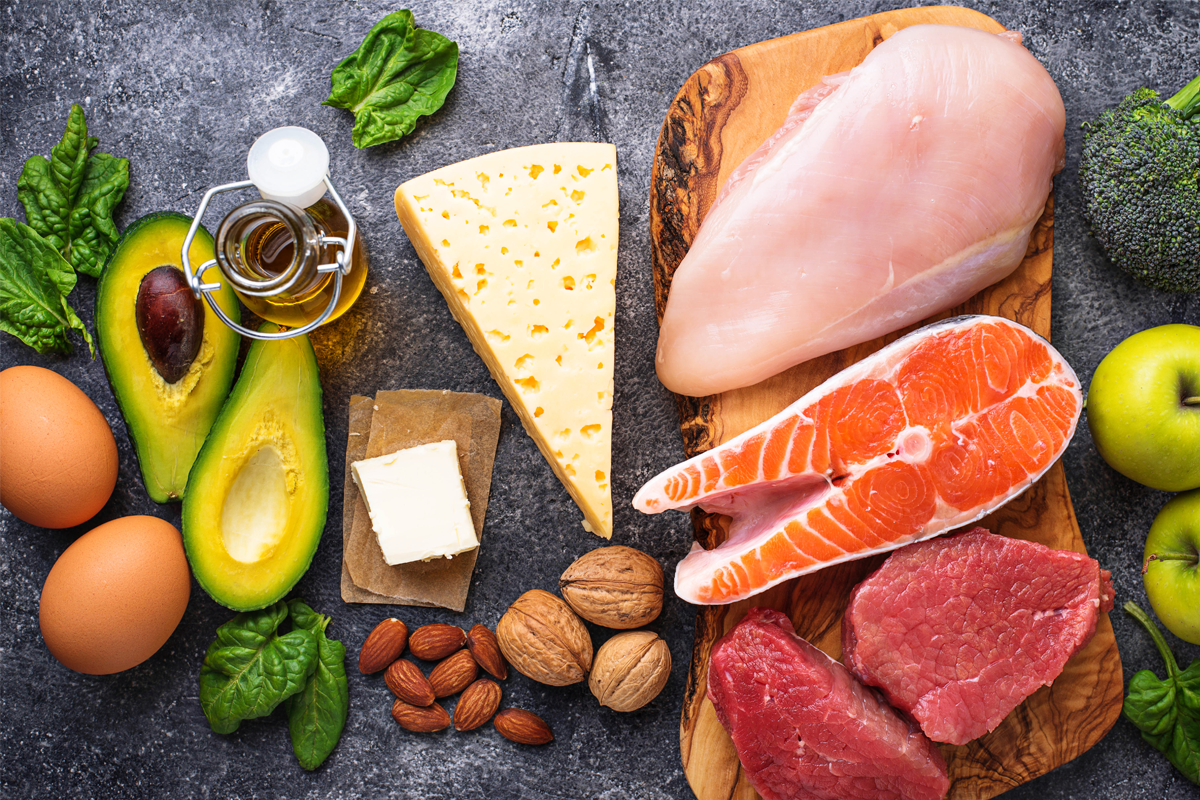COLUMBUS, OHIO — Snacks accounted for about one-third of daily added sugar intake in a study from The Ohio State University. Researchers analyzed data from surveys of 23,708 US adults over age 30 who had participated in the National Health and Nutrition Examination Survey (NHANES) from 2005 to 2016. Snacks accounted for 400 to 500 calories per day per consumer, or 19.5% to 22.4% of daily caloric intake.
“Snacks are contributing a meal’s worth of intake to what we eat without it actually being a meal,” said Christopher Taylor, PhD, a professor of medical dietetics at OSU. “You know what dinner is going to be — a protein, a side dish or two — but if you eat a meal of what you eat for snacks, it becomes a completely different scenario of, generally, carbohydrates, sugars, not much protein, not much fruit, not a vegetable. So, it’s not a fully well-rounded meal.”
Abbott Nutrition and OSU financially supported the study, which appeared Oct. 26 in PLOS Global Public Health. Participants gave 24-hour dietary recalls.
In descending order of proportion, snacks consisted of convenience foods high in carbohydrates and fats, sweets, alcoholic beverages, non-alcoholic drinks that included sugar-sweetened beverages, protein, milk and dairy, fruit, grains, and vegetables.
Snacks and sweets and non-alcoholic beverages accounted for about half the calories consumed during snacking occasions. Fruits and vegetables accounted for 5%, and grains accounted for just under 5%. Dietary fiber intake from snacks ranged from 1.6 grams to 1.7 grams per day while total sugar intake from snacks ranged from 17.1 grams to 20.3 grams per day.
“We need to go from just less added sugar to healthier snacking patterns,” Dr. Taylor said. “We’ve gotten to a point of demonizing individual foods, but we have to look at the total picture. Removing added sugars won’t automatically make the vitamin C, vitamin D, phosphorus and iron better, and if we take out refined grains, we lose nutrients that come with fortification.
“When you take something out, you have to put something back in, and the substitution becomes just as important as the removal.”
The study found adults with type 2 diabetes consumed fewer calories, carbohydrates and total sugars from snacks than adults without type 2 diabetes. Glycated hemoglobin (GHb) was used to categorize diabetes status. Non-diabetic consumers were less than 5.7%, 39 mmol/mol while pre-diabetics were 5.7% to 6.4%, 39-46 mmol/mol. Adults with diabetes under control were 6.5% to 6.9%, 48-52 mmol/mol, and adults with diabetes not under control were 7% or over, 53 mmol/mol.
Study participants who had type 2 diabetes under control consumed more vegetables and less fruit juice than other groups, and participants with type 2 diabetes in general consumed more cured and luncheon meats than adults without diabetes or who were prediabetic.
“Snack composition differs when stratified by GHb,” the researchers said in the study’s summary. “This data emphasizes the need for clinicians to assess snack intake, both in quantity and quality.
“While recommendations on frequency must be individualized, nutrition interventions must target nutrient-dense snacking, including snacks higher in protein, fiber, vegetables, and lower in simple sugars, and refined carbohydrates, while maintaining caloric intake.”

